An ultra-high input impedance ECG amplifier for long-term monitoring of athletes
- PMID: 22915916
- PMCID: PMC3417855
- DOI: 10.2147/mder.s9321
An ultra-high input impedance ECG amplifier for long-term monitoring of athletes
Abstract
We present a new, low-power electrocardiogram (ECG) recording system with an ultra-high input impedance that enables the use of long-lasting, dry electrodes. The system incorporates a low-power Bluetooth module for wireless connectivity and is designed to be suitable for long-term monitoring during daily activities. The new system using dry electrodes was compared with a clinically approved ECG reference system using gelled Ag/AgCl electrodes and performance was found to be equivalent. In addition, the system was used to monitor an athlete during several physical tasks, and a good quality ECG was obtained in all cases, including when the athlete was totally submerged in fresh water.
Keywords: ECG monitoring; bioelectric potentials; biomedical electrodes.
Figures





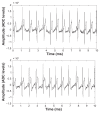
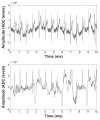

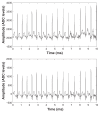
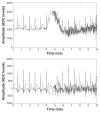
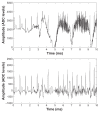
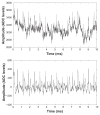
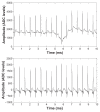
References
-
- Zheng ZJ, Croft JB, Giles WH. State-specific mortality from sudden cardiac death. MMWR Morb Mortal Wkly Rep. 2002;5:51:123–126. - PubMed
-
- Hindricks G, Piorkowsky C, Tanner H. Perception of atrial fibrillation before and after radiofrequency catheter ablation: Relevance of asymptomatic arrhythmia recurrence. Circulation. 2005;112:307–313. - PubMed
-
- Maron BJ. Sudden death in young athletes. Lessons from the Hank Gathers affair. N Engl J Med. 1993;329:55–57. - PubMed
-
- Basilico FC. Cardiovascular disease in athletes. Am J Sports Med. 1999;27:109–121. - PubMed
LinkOut - more resources
Full Text Sources

